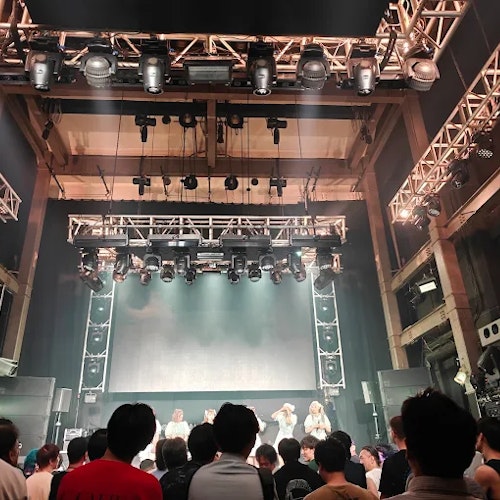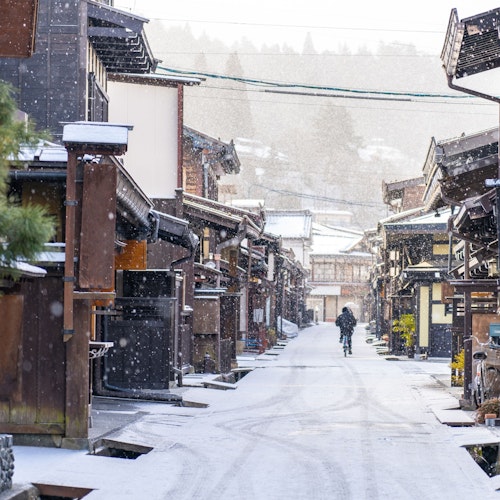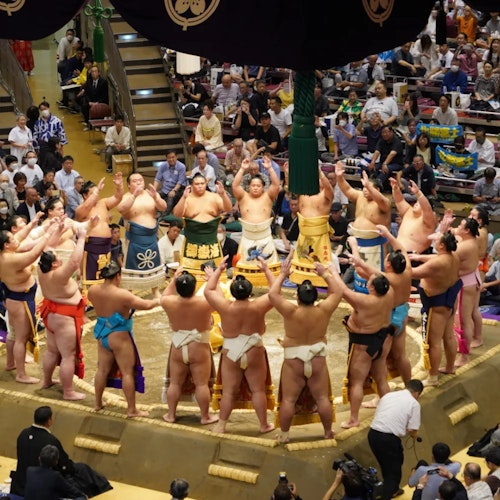
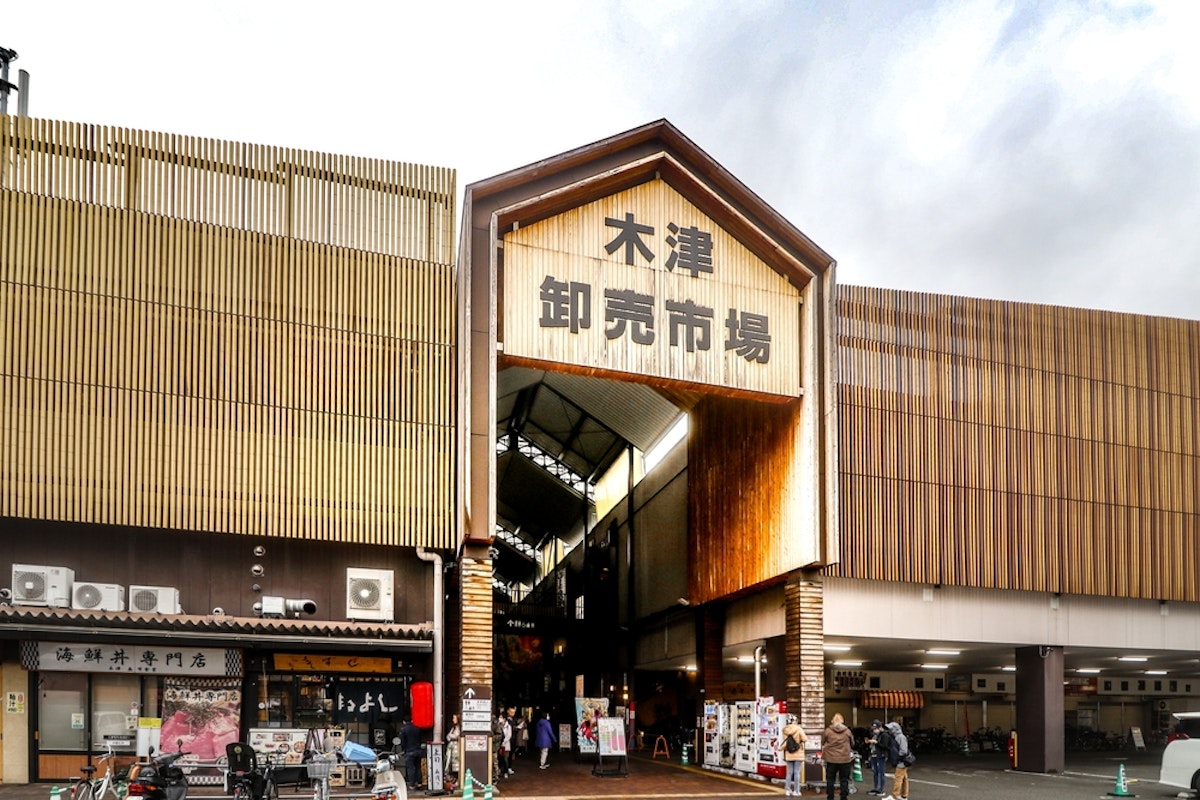
If you want to explore Osaka beyond the tourist spots, there’s one place you must visit. It’s called Kizu Market, or Kizu Ichiba in Japanese. This market is not fancy or famous like Kuromon or Nishiki. But it’s loved by locals, especially chefs and restaurant owners. It’s one of the oldest markets in Osaka, and it still keeps that true old-school vibe.
Let’s dive deep into what makes Kizu Market so special, and how you can enjoy it like a local.
Kizu Market, tucked away in Osaka’s Minami district, is Japan’s largest privately-owned wholesale market, with a history stretching back to the Edo period. Picture this: narrow, grid-like aisles buzzing with vendors shouting out deals, crates overflowing with glistening fish, and the smell of fresh produce filling the air.
It’s been around since 1710, surviving wars, renovations, and even a major facelift in 2010 that turned it into a modern foodie paradise while keeping its gritty, local charm. Unlike the more tourist-heavy Kuromon, Kizu is where professional chefs and savvy locals shop for top-quality ingredients at prices that won’t make your wallet cry. Plus, it’s got a “Food Culture Museum” certification from Japan’s Agency for Cultural Affairs, so you’re basically stepping into a living piece of Osaka’s gastronomic history.
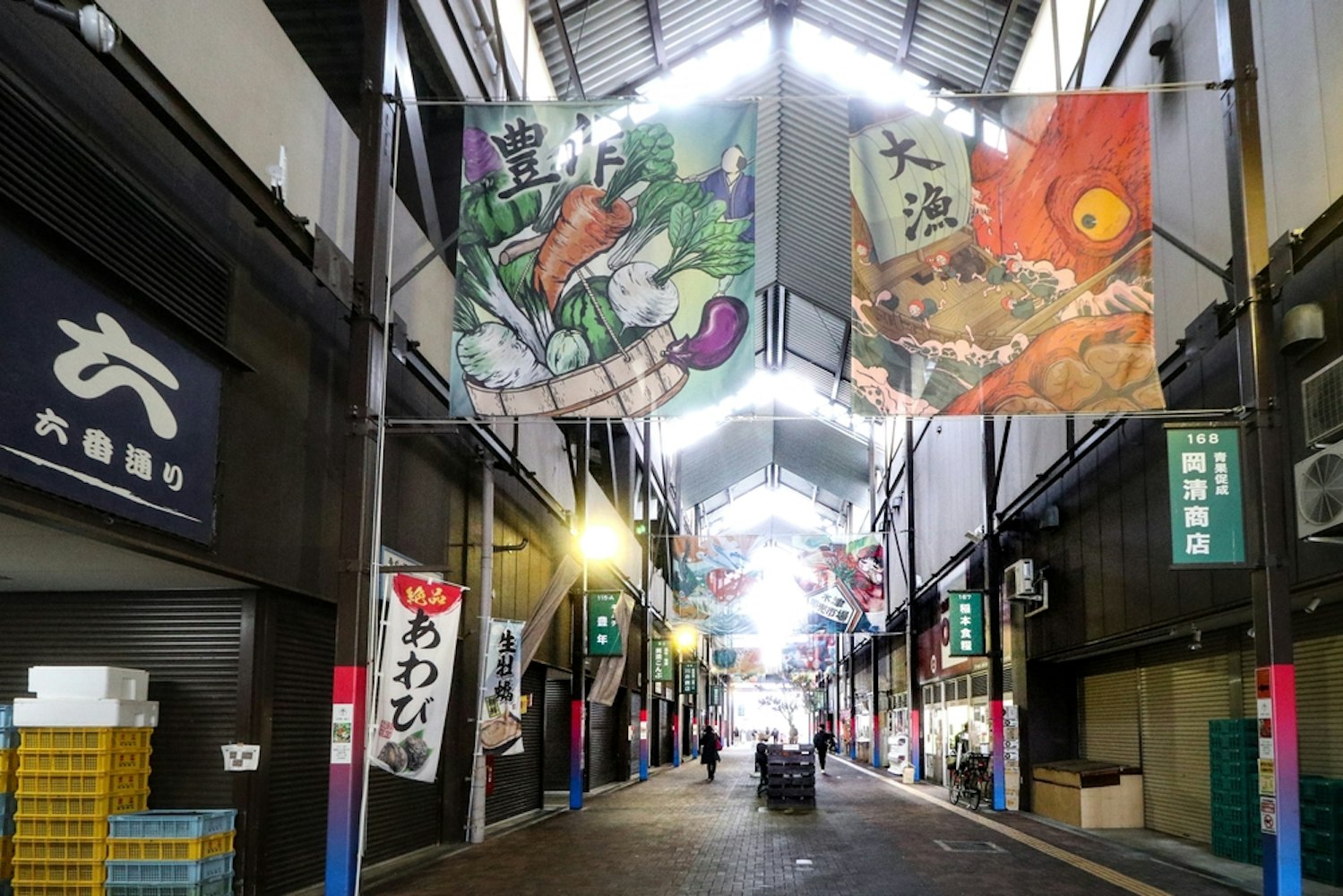
Kizu Market opens early in the morning. Most stalls are up and running by 4:00 AM, and the best time to visit is between 5:00 and 7:00 AM. After 9:00 AM, many vendors start packing up for the day.
If you want to see the market in full action, go before 6:00 AM. You’ll see fresh fish being delivered, chefs buying ingredients for their restaurants, and shop owners shouting prices. It’s busy, energetic, and full of life.
Many locals actually finish their shopping by 7:00 AM and head off to work. So if you want to beat even the locals, set your alarm early.
Kizu Market is located in Osaka’s Naniwa Ward, near popular areas such as Namba and Shinsekai. The easiest way to get there is by subway. Take the Midosuji Line or Yotsubashi Line to Daikokucho Station, then walk about 5 minutes from Exit 1. You can also walk from Namba Station in about 15–20 minutes, or take the subway one stop to Daikokucho.
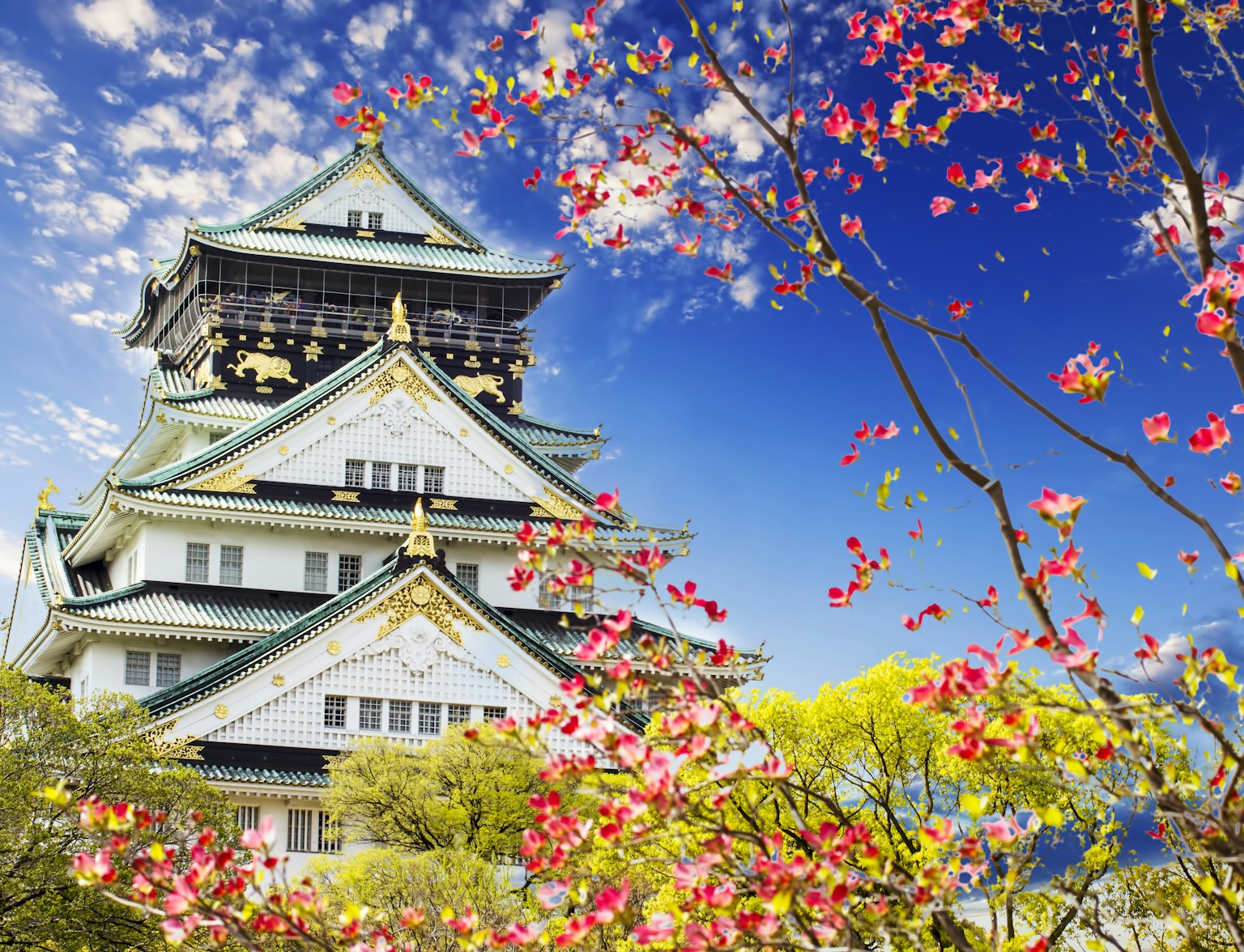
Unlock the best of Osaka with our exclusive one-day pass!
If you're using a JR Pass, take the JR Loop Line to Imamiya Station, which is about 10 minutes on foot. From major areas like Osaka Station or Shin-Osaka, take the Midosuji Line straight to Daikokucho—it takes about 12–20 minutes. The area around the market looks quiet and local, with small shops and delivery trucks. There’s no big sign, but you’ll know you’re close when you see seafood boxes and hear people working.
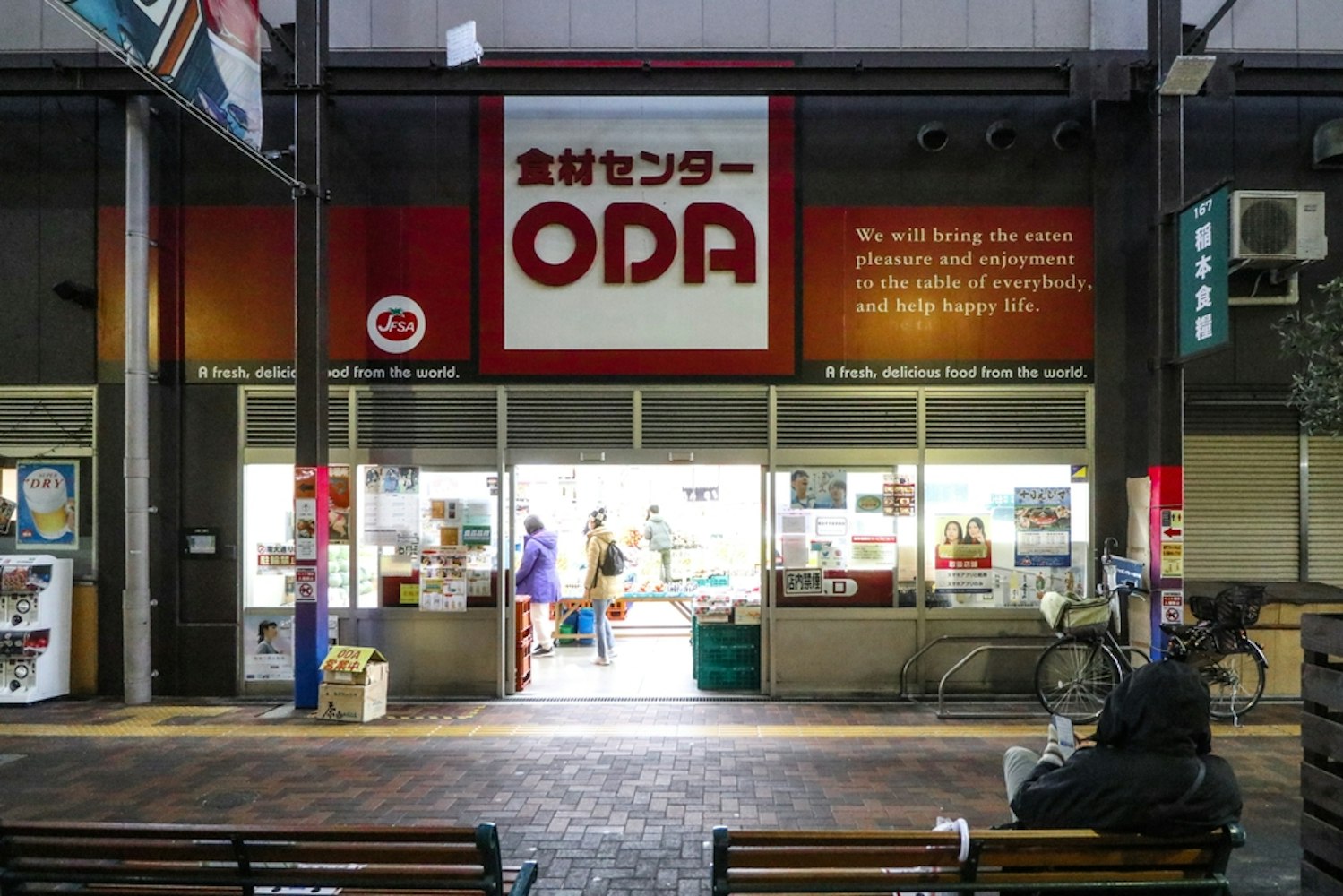
Kizu’s got over 140 vendors packed into a compact 83x75-meter space, offering everything from glistening tuna to seasonal fruits like strawberries and persimmons. Seafood is the star here—think whole fish, oysters, squid, octopus, and even sea urchin so fresh it practically melts in your mouth. You’ll also find exotic produce like dragon fruit, plus dried goods like kombu kelp and katsuobushi (bonito flakes).
For souvenir hunters, the ODA supermarket is a goldmine for bulk buys like instant ramen, snacks, and even high-quality sushi packs (a 5-piece salmon sushi set goes for about 485 yen). Prices are way friendlier than tourist markets, and many stalls offer small retail packs for visitors. Bring cash, though—most vendors don’t take cards.
You don’t have to just shop—you can eat like a king here too. The market’s dining options are limited but pack a punch. Kizu Uoichi Shokudo, near the entrance, is a must for seafood lovers. Open from 6:00 AM, it serves epic “koboredon” (overflowing rice bowls) like the Uni Kaisendon (sea urchin bowl) or the Kobore Ikuradon with 400 grams of salmon roe.
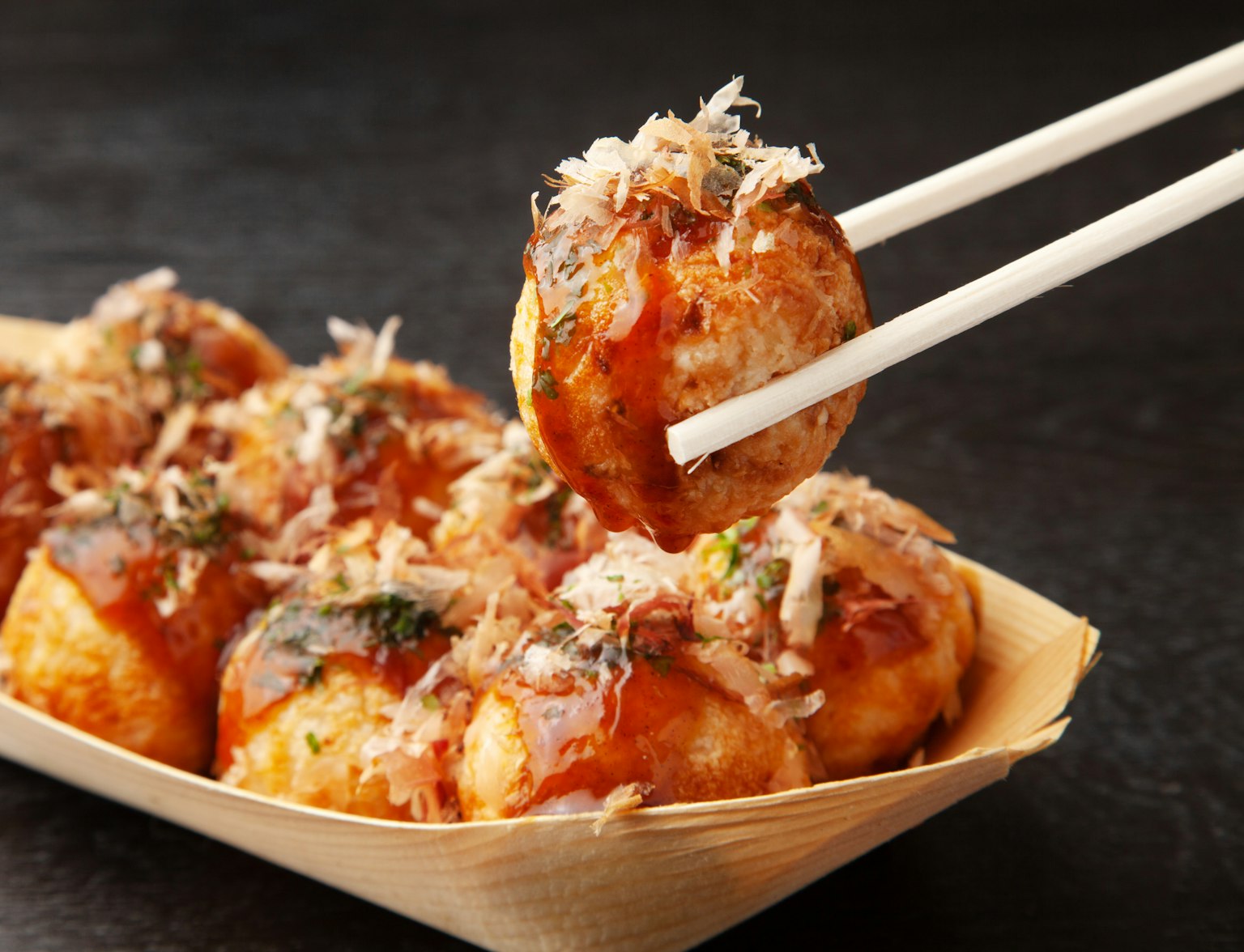
Experience the rich flavors of Osaka on a guided food tour.
Be ready to queue, especially around 7:00 AM, but locals swear the tuna scrap bowl (2,000 yen) is worth the wait. If you miss out, nearby Maruyoshi Sushi (open 5:00 AM to 1:00 PM) dishes up fresh sushi at budget-friendly prices. For a quick bite, Kizumachi Yokocho ‘○-En-’ is a gourmet zone with izakayas serving seafood and meat dishes made from market ingredients.
Craving street food? Look for takoyaki or okonomiyaki stalls outside the market for a true Osaka experience..

Believe it or not, Kizu’s not just about food—it’s got a legit relaxation spot. On the second floor of the South Wing, Yugenko Taihei no Yu is a bathing facility with open-air baths, carbonated springs, and a sauna. It’s billed as an “exquisite oasis” to escape the city’s hustle, and after weaving through the market’s busy aisles, a soak here feels like heaven. The baths are open to the public, and the atmosphere is incredibly relaxing, with natural breezes and a focus on health and wellness. It’s a unique way to cap off your market adventure, especially if you’ve been up since dawn.
Kizu’s location in Minami means you’re steps away from some of Osaka’s best attractions. After the market, walk 10 minutes to Dotonbori for iconic street food like kushikatsu or a highball at Acchichi Honpo near Tsutenkaku Tower.
The Imamiya Ebisu Shrine, a 5-minute walk away, is dedicated to fishermen and business prosperity—perfect for grabbing a lucky charm. If you’re into quirky vibes, Shinsekai’s retro streets and the 108-meter Tsutenkaku Tower are a short stroll away.
For more foodie adventures, Sennichimae Doguyasuji Shopping Street is great for picking up pro-grade kitchen tools. You can easily spend a whole morning hopping between Kizu and these nearby gems.
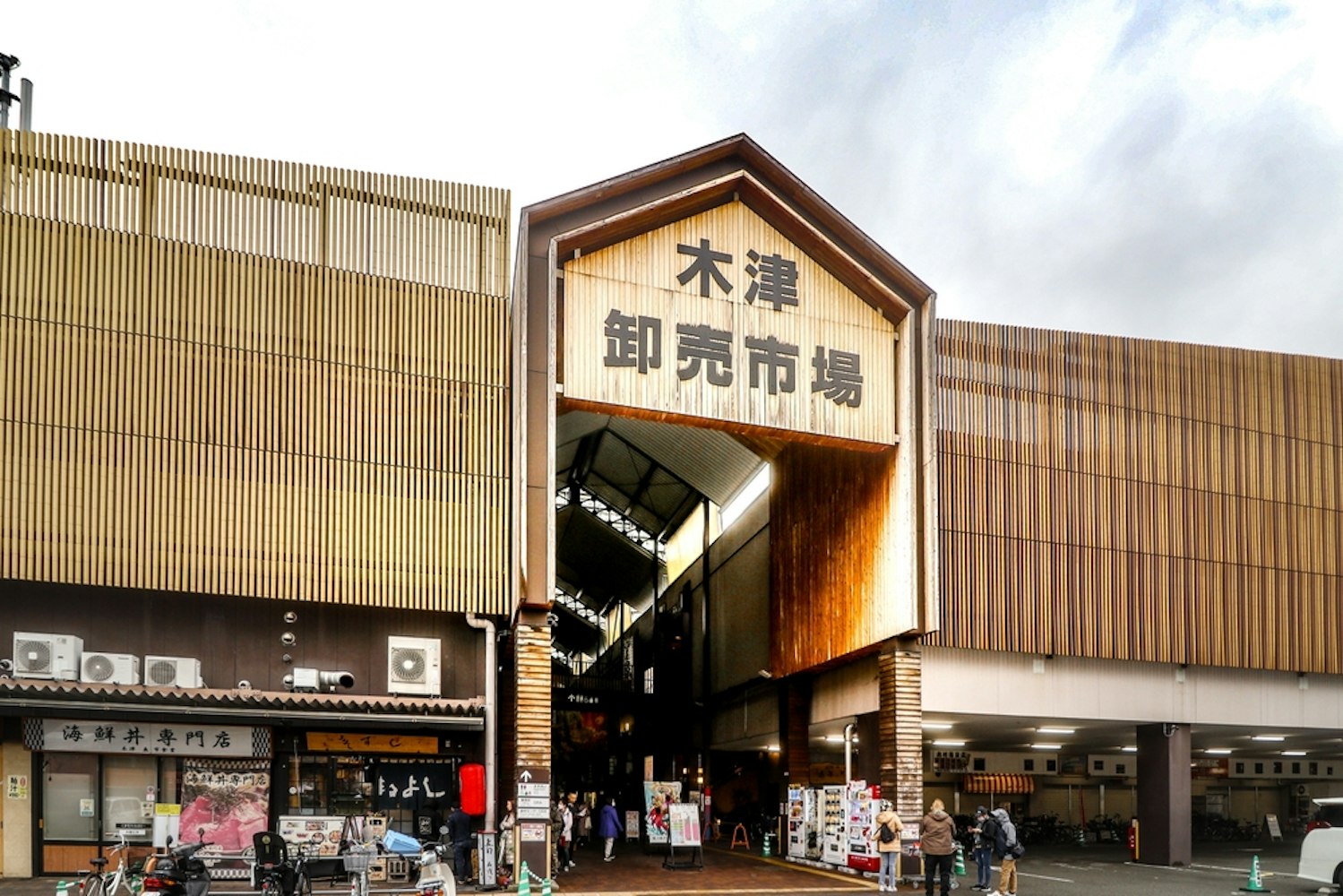
Go Early: Arrive by 6:00 AM for the freshest picks and to beat the crowds. By 8:30 AM, it’s more tourist-friendly but still lively.
Cash is King: Most stalls are cash-only, so have yen ready—small bills are best.
Wear Comfy Shoes: The grid-like aisles are narrow and busy, so dress for walking and expect some hustle.
Check the Calendar: Avoid Sundays, Wednesdays, and holidays, and aim for the Morning Market for extra fun.
Try the Auctions: If you’re there for the Kizu Morning Market, book an auction tour in advance for a rare peek into the action.
Chat with Vendors: Many are super friendly and love sharing tips. Brush up on basic Japanese phrases to connect.
Combine with Nearby Spots: Pair your visit with Dotonbori or Shinsekai for a full day of Osaka’s food and culture.
Kizu Market isn’t just a place to shop—it’s a deep dive into Osaka’s soul as the “City of Gastronomy.” You’ll feel the pulse of the city as you wander past vendors who’ve been perfecting their craft for generations.
Whether you’re a foodie hunting for the freshest sashimi, a traveler craving an authentic local experience, or just someone who loves a good market vibe, Kizu delivers. It’s less crowded than Kuromon, cheaper, and packed with character. Plus, with its morning market events, dining options, and even a bathhouse, it’s a one-stop spot for food, culture, and relaxation. So, set your alarm, grab some cash, and get ready to explore Osaka’s Kizu Market like a local. You won’t regret it.
Want more Osaka foodie tips? Check out nearby Kuromon Market for a tourist-friendly vibe or Sennichimae Doguyasuji for kitchen gear. And if you’re all about seafood, don’t miss Uoichi Shokudo’s epic rice bowls. Happy exploring!
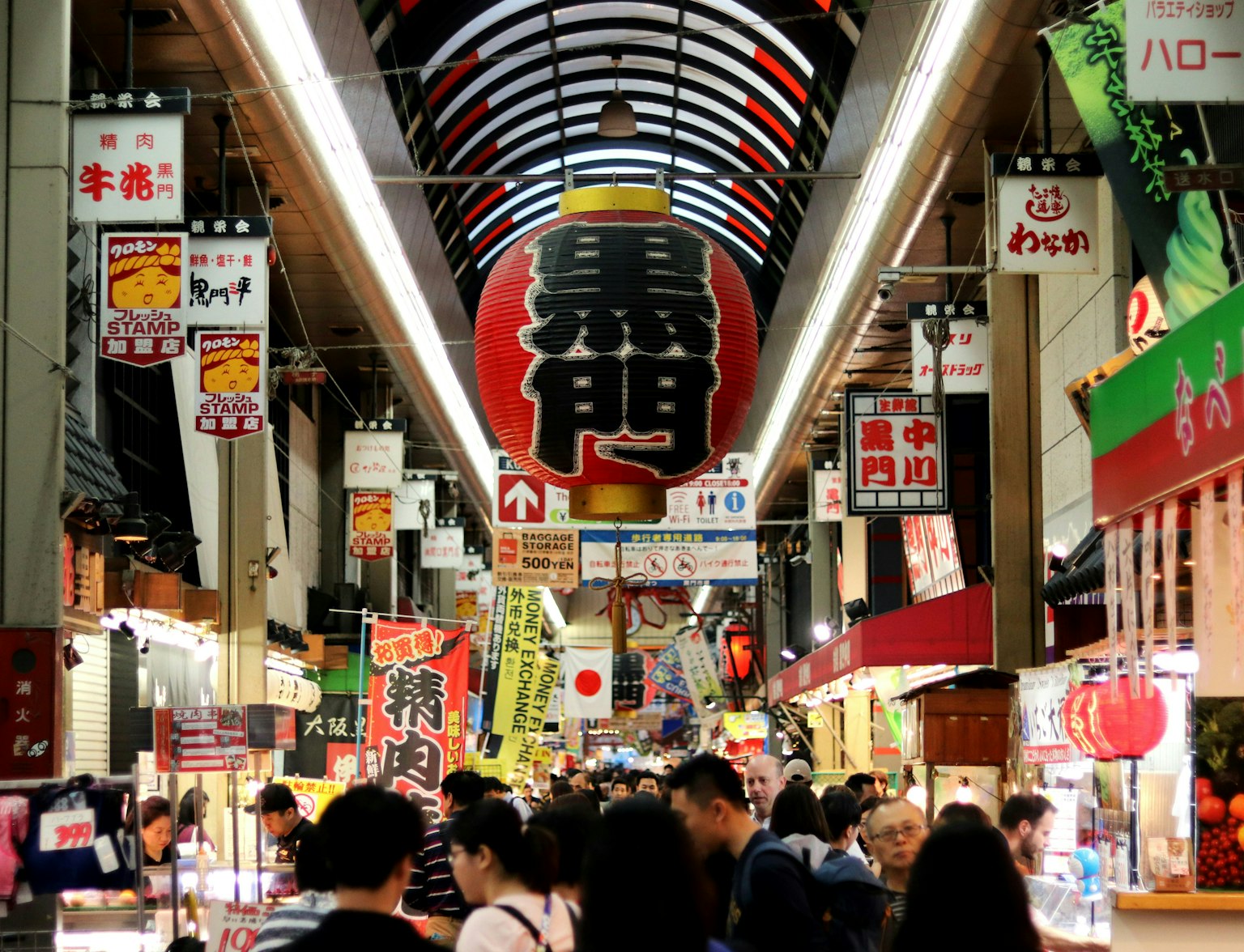
Explore the vibrant food scene, from savoring iconic Takoyaki to discovering hidden gems in Kuromon Market and Doguyasuji Street.
